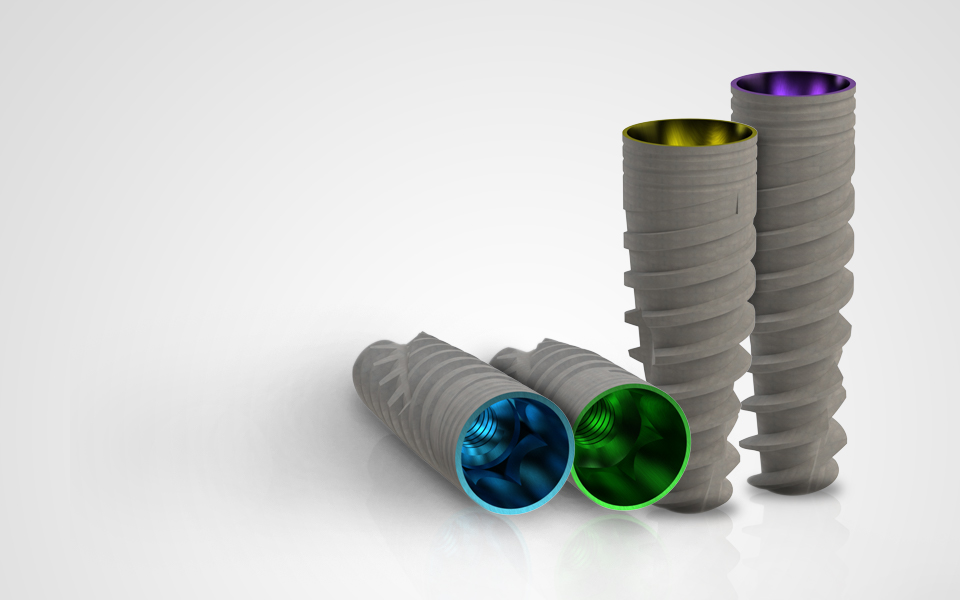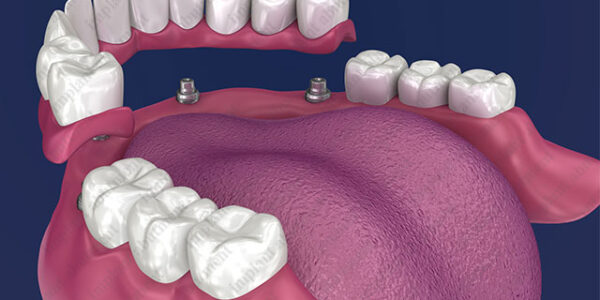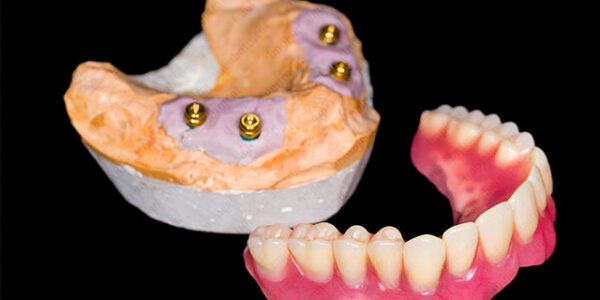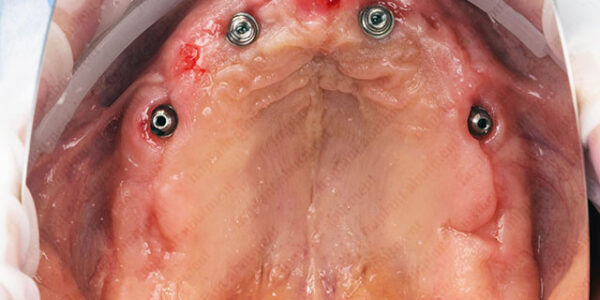What are the Advantages of Different Dental Implant Systems?
Dental implant-abutment systems are used as anchors for supporting prostheses containing single or multiple artificial teeth. A dental implant system comprises of the following:
- The dental implant which serves as a replacement root
- Transmucosal component which rests on the implant
- A prosthesis which replaces the missing tooth
Over the years, different types of implant-systems have been developed, and each contains their own advantages and disadvantages. Often, it becomes difficult for the clinicians to select a suitable implant system for a specific clinical scenario. This article is aimed at providing the advantages of the major types of implant systems currently available.
Types of Implant Systems
There are broadly two types of implant systems; ones with an external or an internal hex.
- The External Hex Connection
This system involves a geometric projection which extends above the implant body. Initially, a 0.7mm tall hex connection which contained a butt joint was used by the Branemark system.
Advantages of External Hex
this system has a broad number of clinical applications. It is also compatible with most of the implant systems available in the market. This system also ensures lesser stress concentration around the implant in comparison to the internal hex, when it is splinted the natural teeth.
Disadvantages of External Hex
one of the major disadvantages of external is the higher chances of screw loosening and limited transition depth for placement of esthetic restorations.
Types of External Hex Connections
- Tapered Hex – this system consisted of an eternal hex with a 1.5˚ taper. The main advantage of this system was a significant reduction in the chances of implant rotation, thereby minimizing screw loosening.
- External Octagon – this system consists of an eight-sided external connection which a 45˚ rotation while the abutment was placed over the fixture. However, this system could not get much popular as it was not compatible with angled abutments.
- External Spline – this implant system contains 6 spline teeth which project outward from the implant body, which fit into 6 grooves present between the projections from the opposite abutments. An advantage associated with this system is decreased screw loosening and minimal rotational movement.
- The Internal Hex Connection – in this type of implant system, the mating of implant components takes place inside the implant body. This system was designed to overcome the drawbacks associated with. One of the first implant systems based on the internal hex (Core Vent implant) consisted of a 1.7mm deep hex below a 0.55mm wide bevel angled at 45˚.
- Advantages of the Internal Hex – The mating components in this system are present deep inside the implant body, thereby moving the abutment-implant fulcrum to the middle portion of the implant. This provides the following benefits:
- Better stress distribution
- Improved screw stability
- Improved esthetics in comparison to external hex
Types of Internal Hex Systems and their Advantages
- 6 Point Internal Hex – this system has a 1.2mm deep hex which is present inside the implant body. This system allows positioning of the abutment over the implant at every rotation of 60˚.
- 12 Point Double Internal Hex – this system contains a double internal hex which is recessed 4mm deep into the implant body. This system provides abutment positioning over the implant after every rotation of 30˚. Advantages of this system include improved stress distribution and suitability for use with angled abutments.
- Internal Cylindrical Hex – this system has a 5mm deep hex inside the implant body. This system offers the advantage of enhanced implant-abutment joint stability as it resists bending forces.
- Internal Octagonal Hex – this system is similar to the external octagonal hex. However, instead of containing an external hex, this system contains an eight-sided internal geometry. The internal octagonal hex allows orientation of the abutment over the implant at 4 different positions. This system could not gain much popularity because of very less rotational and lateral resistance during frictional movement of the implant.
- Internal Spline Connection – this system has a triangular geometry. The Trichannel implant system introduced by Nobel Biocare consisted of three lateral channels which projected from the implant abutment into the implant body, as a means to offer an anti-rotational feature. It consists of a 1.2mm deep slip-fit joint which allows 3 positions to place the abutment over the implant.
- Morse Taper/ Locking Taper – this system has a conical projection which extends from the abutment and fits lightly into a conical recess inside the implant body. An advantageous feature of this system is that the mechanical friction between the external wall of the abutment and the implant wall offers cold-welded stability. In addition, it offers superior stability to the implant system compared to the butt-joint system.
Among the internal hex systems, the conical hex system offered by Nobel Biocare has gained widespread popularity. This system combines a tapered implant body with a conical hex which offers a tightly sealed implant-abutment connection. In addition, this implant has been shown to provide excellent esthetics, superior osseointegration and a life-long stability of the implants.
One of the problems associated with most internal hex systems is that there are different internal hexes for various platforms offered by implant manufacturers. This often creates problems for dentists while choosing a suitable implant system for replacing missing teeth in patients.
This issue has been addressed by GP implants. They are offering internal conical hex implants with a single platform having a diameter of 2.42mm. GP implants offer a single platform for all types of abutment diameters of 3.3, 3.75, 4.2, 5 and 6mm. A single platform offers several advantages:
- Reduced complications as there is only one platform and dentists can order abutments with any diameter which are compatible with this system.
- Different types of abutments are compatible with a single 2.42mm platform offered by the GP implants.
In addition to this, the GP implants offer spiral shaped implants (SSI) which offered improved stability and durability of the implant system.
There are numerous implant-abutment systems available in the market. This article summarizes the various benefits offered by these implant systems. However, it is evident from this article that most of the implant systems based on the internal hex conical design based on a single 2.42mm platform offered by the GP implant system offers superior mechanical stability, resistance to rotation and ensure reduced incidence of implant fracture.





